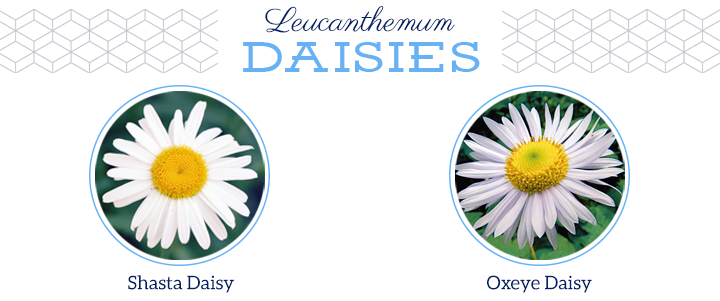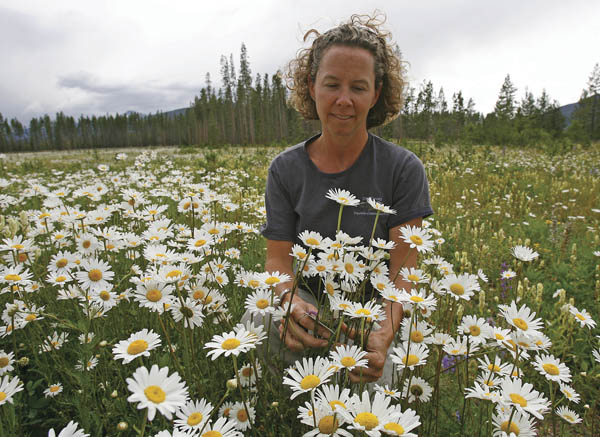I know quite a few people who LOVE daisies. If you’re in Montana, seeing daisies everywhere is a fairly normal occurrence and makes many people smile, but before you get too excited, note that the Oxeye Daisy is a noxious weed and invasive to Montana!
Oxeye daisy is a perennial somewhat resembling the popular Shasta daisy. Stems are slender and may emerge from the root crowne or the extensive root system it produces. Lower leaves are spoon-shaped and broadly toothed. The leaves are alternate and can grow up to five inches long and two inches wide and they clasp the stem of the plant. Upper leaves grow smaller towards the top of the plant. A mature plant may grow up to two feet in height with a single flower head on each simple one-branched stem. Flower heads are made up of 15 – 30 white rays that circle a yellow button, depressed center. Flowers bloom from June to August. The fruit of this plant is a small flat seed, dark gray in color with no pappus. One plant can produce over 500 seeds and seeds can remain viable in the seedbank for up to three years. The roots of oxeye daisy are extensive and shallow. Reproduction occurs by root and seed. (via MTWeed.org)
Oxeye Daisies are found on roadsides, fields, meadows, often in forest openings or pastures converted from forest; valleys, montane…just about anywhere. As a matter of fact, we have quite a few on our property. Oxeye Daisies are non-native and are noxious weeds, which “possess the capacity to negatively impact the state’s natural vegetation communities and agricultural lands.” (via MT Field Guide) The Oxeye Daisy can be difficult to tell apart from the Shasta Daisy, but, generally, Shasta daisies have larger flowers (up to two inches in diameter) and foliage; and they tend to be fuller (aka bushier).

(via FTD flowers)
The image below, taken in Colorado, might look awesome to Shasta Daisy lovers, but click here to read just how “dastardly” these Oxeye Daisies are…

So, it’s not just Montana–any type of invasive plant can be destructive to native plants. This is the perfect reminder that just because something is pretty to look at doesn’t mean it is good…wait, did that make sense? You know what I mean. Know your Montana plants!